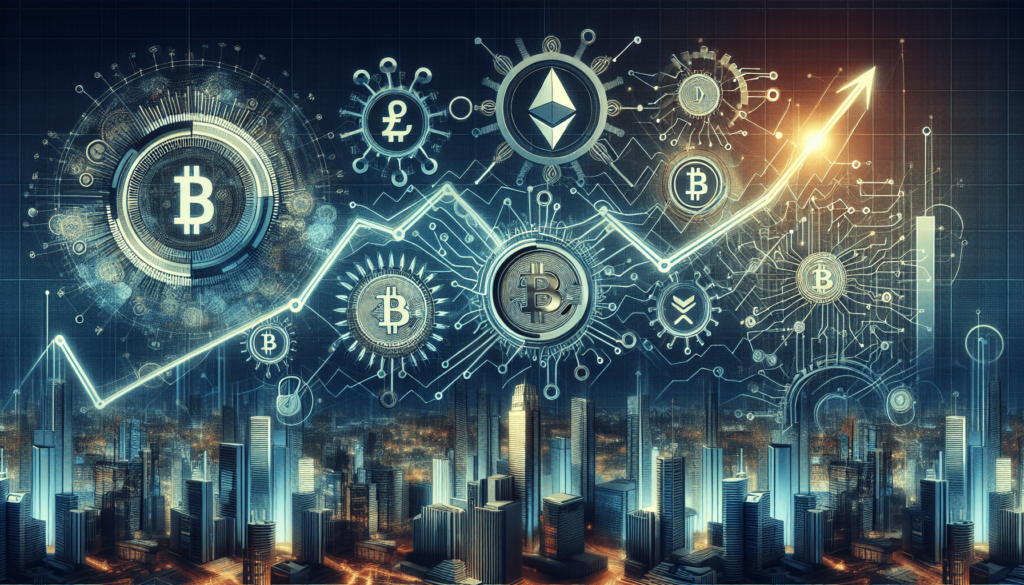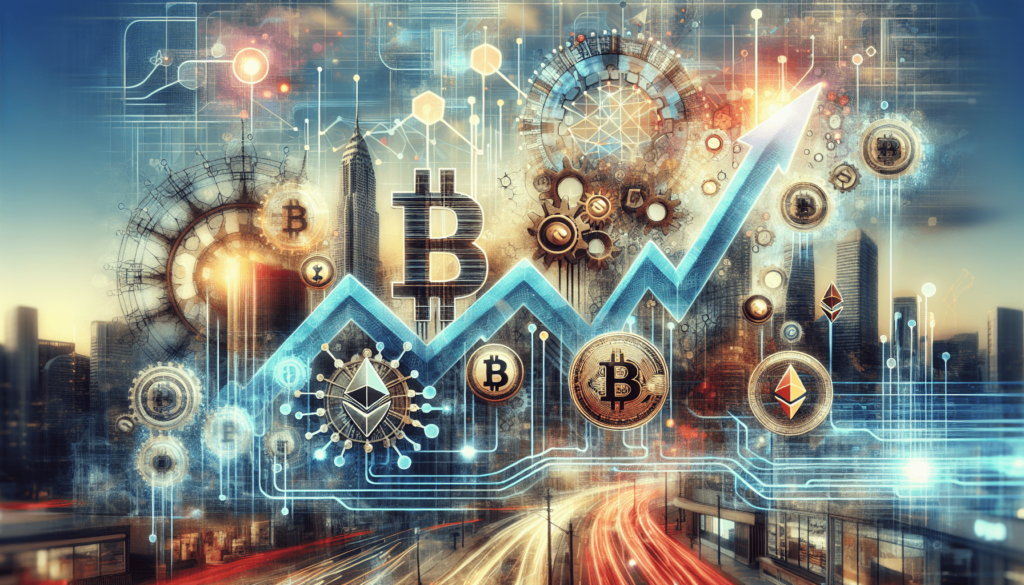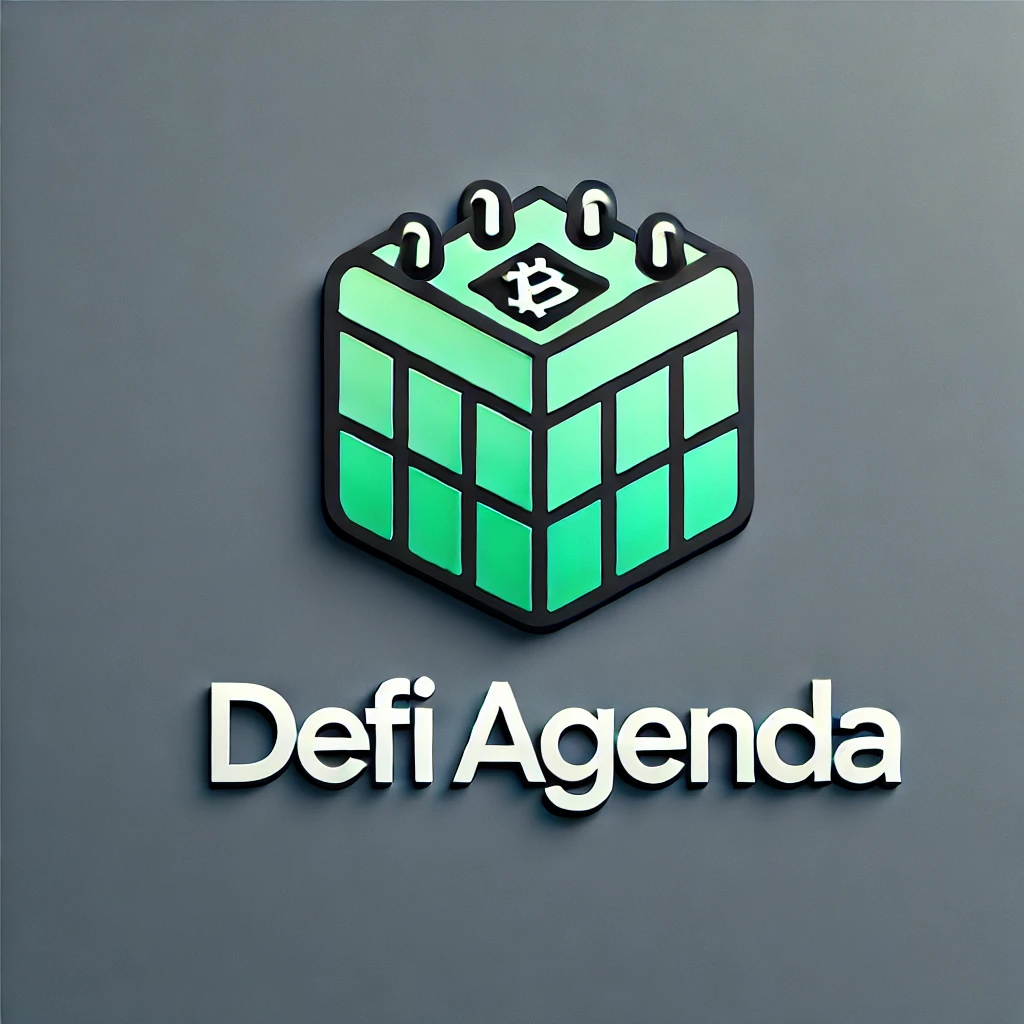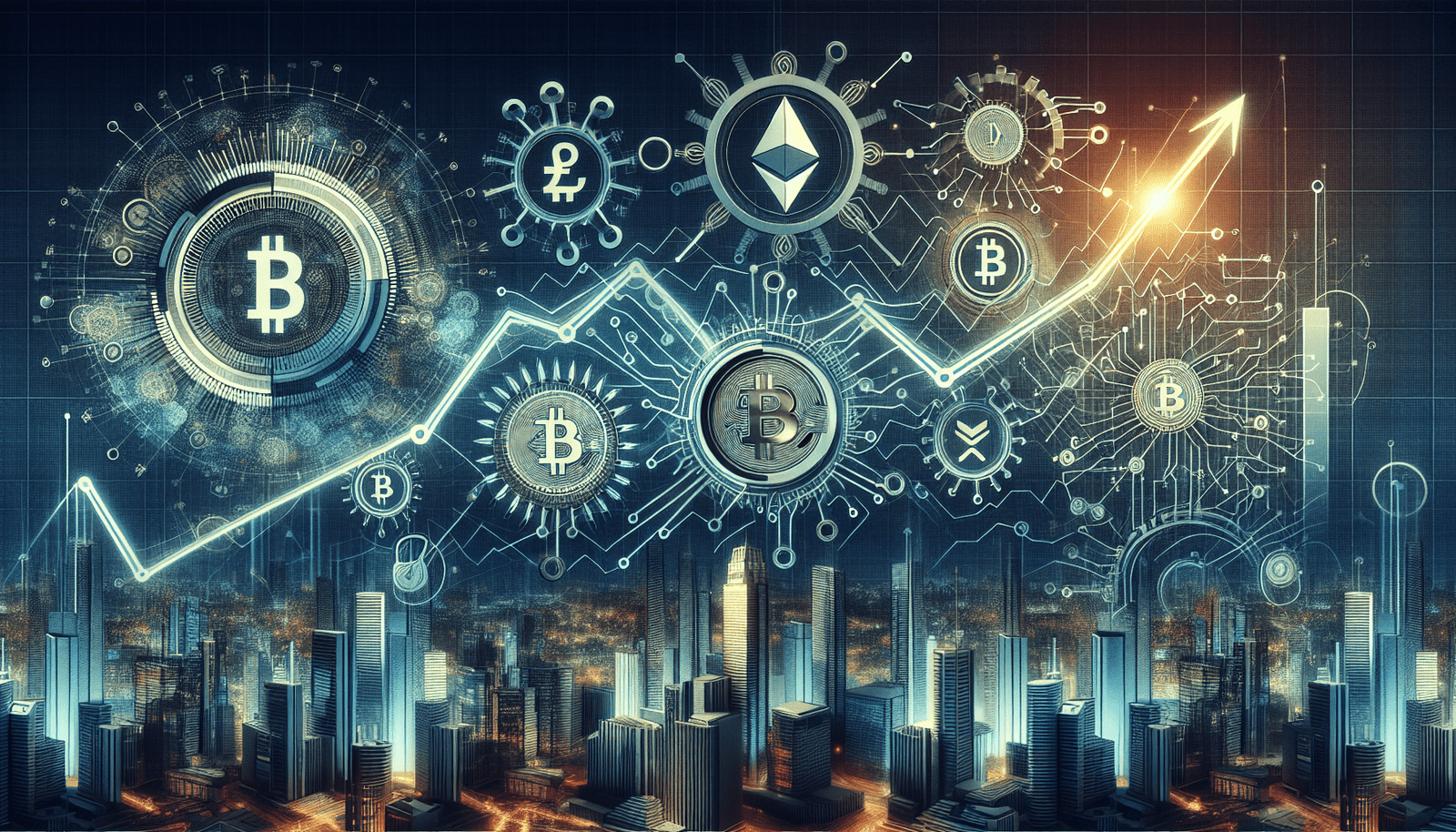Have you ever wondered how the broader economic environment influences the decentralized finance (DeFi) ecosystems you’re so interested in? The connection between macroeconomic trends and the growth of DeFi can get quite intricate, but understanding it is crucial for anyone looking to navigate this rapidly evolving landscape. Let’s explore this relationship by breaking it down into manageable sections.
Understanding Macroeconomic Trends
Macroeconomic trends encompass the larger economic factors that influence markets as a whole. These include:
- Interest Rates: Often manipulated by central banks to control inflation, interest rates play a vital role in shaping economic activity.
- Inflation Rates: The rate at which prices for goods and services rise can affect purchasing power, influencing how money flows in economies.
- Gross Domestic Product (GDP): The overall economic output of a country is a key indicator of economic health and can signal changing trends.
- Employment Rates: High unemployment often leads to decreased disposable income, impacting consumption and savings.
These elements build the foundation for understanding how external financial forces modify the behavior of investors and users in the DeFi landscapes.
The Role of Interest Rates
Interest rates are crucial for both traditional finance and DeFi. When central banks raise interest rates, borrowing becomes more expensive, which can reduce liquidity in the market.
In a DeFi context, higher interest rates can lead to:
- Reduced Borrowing: Users may be less inclined to take out loans when they know they will face high-interest repayments.
- Shift in Investment Strategies: Investors might seek traditional savings accounts with higher interest rates instead of staking assets in DeFi products that could expose them to volatility.
Conversely, when interest rates are low, borrowing costs decrease. This can increase the flow of capital into DeFi projects, leading to their accelerated growth.
The Impact of Inflation
Inflation can have a double-edged effect on DeFi ecosystems.
On one hand, higher inflation can push individuals and businesses towards cryptocurrencies as a hedge against the decreasing value of fiat currencies. As people seek protection for their savings, DeFi projects that offer stablecoins or inflation-resistant assets may see more adoption.
On the other hand, if inflation becomes hyperinflation, it can lead to economic instability, scaring investors away from any form of investment, including DeFi.
Understanding GDP
Gross Domestic Product (GDP) is closely tied to economic health. A growing GDP generally indicates a thriving economy, enticing more participants into the financial markets.
In the realm of DeFi:
- Increased Activity: A rising GDP often correlates with higher disposable income, leading people to invest in emerging technologies, including DeFi.
- Innovation and Adoption: Strong economic growth fosters innovation, and as traditional finance integrates with blockchain technologies, the breadth and depth of DeFi are likely to expand.
Employment Rate Effects
Employment rates serve as a strong signal of economic health. High employment often results in increased disposable income, which can translate into more investment in DeFi projects.
When employment rates rise:
- More Investors: A population with jobs generally means more individuals can invest in assets, including cryptocurrencies.
- Increased Confidence in Markets: When people feel secure in their jobs, they’re more willing to experiment with emerging technologies like DeFi.
Conversely, high unemployment can push people to focus on survival rather than investment, which can stymie growth in the DeFi sector.

This image is property of pixabay.com.
DeFi Ecosystems: What Are They?
Before diving deeper, it’s essential to clarify what DeFi ecosystems comprise. DeFi stands for decentralized finance, which collectively refers to financial applications built on blockchain technology, primarily Ethereum.
These platforms provide services like:
- Lending and Borrowing: Users can lend their assets to earn interest or borrow against their assets.
- Trading: Decentralized exchanges (DEX) allow users to trade cryptocurrencies without a centralized authority.
- Yield Farming and Liquidity Mining: Users provide liquidity to platforms in exchange for rewards, often yielding much higher returns than traditional finance.
Understanding these services helps frame how macroeconomic elements interact with user behavior within these ecosystems.
The Relationship Between DeFi and Traditional Finance
The relationship between DeFi and traditional financial systems is essential for analyzing growth patterns. DeFi operates as an alternative to conventional financial tools, and shifts in the macroeconomic landscape often impact both sectors simultaneously.
Let’s examine some areas of interaction:
Increased Correlation During Market Stress
During financial crises, both DeFi and traditional finance showcase higher levels of correlation.
- Investor Behavior: When traditional assets lose value, investors often look toward DeFi as a means of escaping losses.
- Market Dynamics: Financial institutions and protocols may need to adapt to conditions created by macroeconomic turmoil, leading to adaptive strategies.
Integration with Traditional Assets
As traditional financial systems continue to notice the growth of DeFi, there has been a push towards integration.
- Tokenized Assets: The ability to bring traditional assets like stocks and bonds into the DeFi ecosystem allows for increased liquidity and attracts traditional investors.
- Bridging Solutions: Projects aimed at creating bridges between traditional assets and DeFi can expand user base.
Understanding this symbiotic relationship helps gauge potential growth trajectories of DeFi ecosystems in response to macroeconomic trends.
Current Macroeconomic Influences on DeFi
As the global economy fluctuates, various macroeconomic events from inflation concerns to geopolitical unrest impact DeFi ecosystems.
The COVID-19 Pandemic and Its Aftermath
The pandemic created unprecedented challenges for economies worldwide, yet it also sparked innovations within DeFi.
Rise in Crypto Adoption
- Increased Interest: With global markets in chaos, more people turned to cryptocurrencies and DeFi as alternatives.
Institutional Interest
- Investment from Institutional Players: Recognizing the potential of DeFi during economic uncertainty, institutions began to invest, boosting confidence in this sector.
Global Inflation Trends
Rising inflation has been a significant concern, especially since the pandemic:
Shift Towards Digital Assets
- Hedging Against Inflation: Investors look towards DeFi as a solution to protect their purchasing power by investing in crypto assets.
Liquidity Provision and Staking
- Higher Participation in Staking: As traditional interest rates see minimal or negative returns, users are flocking to DeFi protocols that offer attractive yields.
Geopolitical Factors
From conflict to regulatory changes, geopolitical events can have an outsized impact on DeFi.
Uncertainty and Flight to Safety
- Capital Flight: In regions facing instability, there can be a significant shift of capital into cryptocurrencies, including DeFi offerings.
Regulatory Scrutiny
- Impact of Regulations: As governments begin to implement regulations on cryptocurrencies, the framework within which DeFi operates may evolve, affecting growth trajectories.

This image is property of pixabay.com.
The Future of DeFi in a Macroeconomic Context
Looking ahead, the relationship between macroeconomic trends and the growth of DeFi ecosystems promises to become even more dynamic.
The Evolving Regulatory Landscape
As regulators adapt to the rise of DeFi, the structure may evolve, leading to:
- Greater Adoption: Clear regulations may instill confidence in hesitant investors.
- Potential Challenges: Stricter rules may also stifle innovation if not approached thoughtfully.
Technology Advancements
The continual advancement of blockchain technology can significantly enhance DeFi growth:
- Scalability Solutions: New technologies may allow DeFi platforms to handle a larger number of transactions, enhancing user experience.
- Interoperability Between Chains: Solutions that promote cross-chain transactions will increase asset liquidity and user flexibility.
Societal Shifts Towards Decentralization
As the world leans more towards decentralization:
- User Empowerment: More individuals will want greater control over their finances, making DeFi a natural choice.
- Education and Awareness: As understanding of DeFi improves, user adoption may accelerate, influenced by macroeconomic factors.
Tactical Considerations for Investors
If you’re considering investing in DeFi during changing macroeconomic conditions, it’s essential to identify:
- Stable Projects: Focus on DeFi platforms that show resilience during economic downturns.
- Diversification Strategies: Spread investments across various protocols to reduce risk exposure.
- Stay Updated: Continuously monitor macroeconomic indicators and geopolitical developments that could reshape the landscape.

Conclusion
The interplay between macroeconomic trends and the growth of DeFi ecosystems is complex but fascinating. Understanding how factors like interest rates, inflation, GDP, and employment can impact your investment decisions is crucial for navigating this landscape.
As global economies continue to shift, keeping your finger on the pulse of both the macroeconomic environment and DeFi developments will position you for potential success in this innovative financial frontier. By staying informed, engaging with the community, and adapting to changes, you can certainly thrive in this evolving field.


